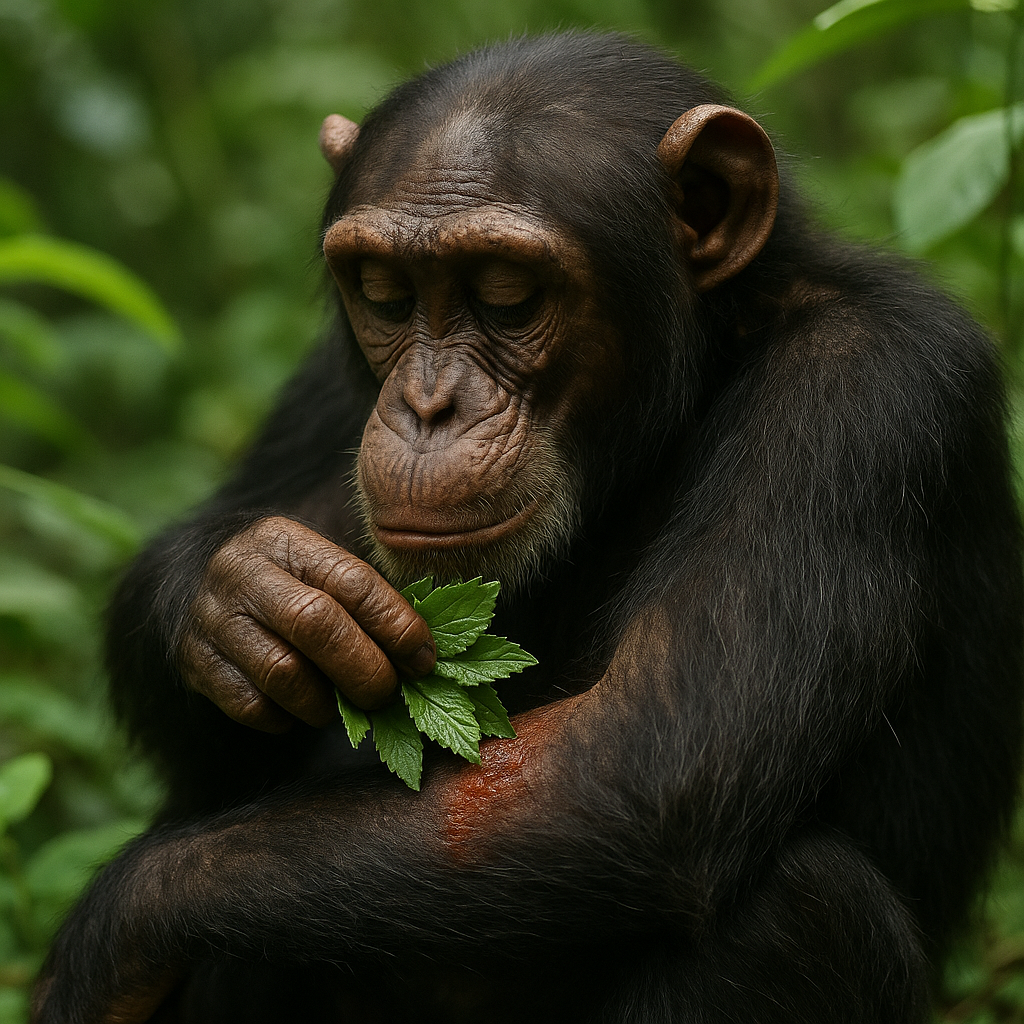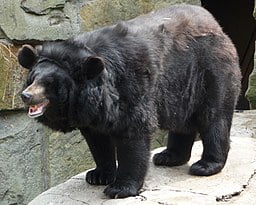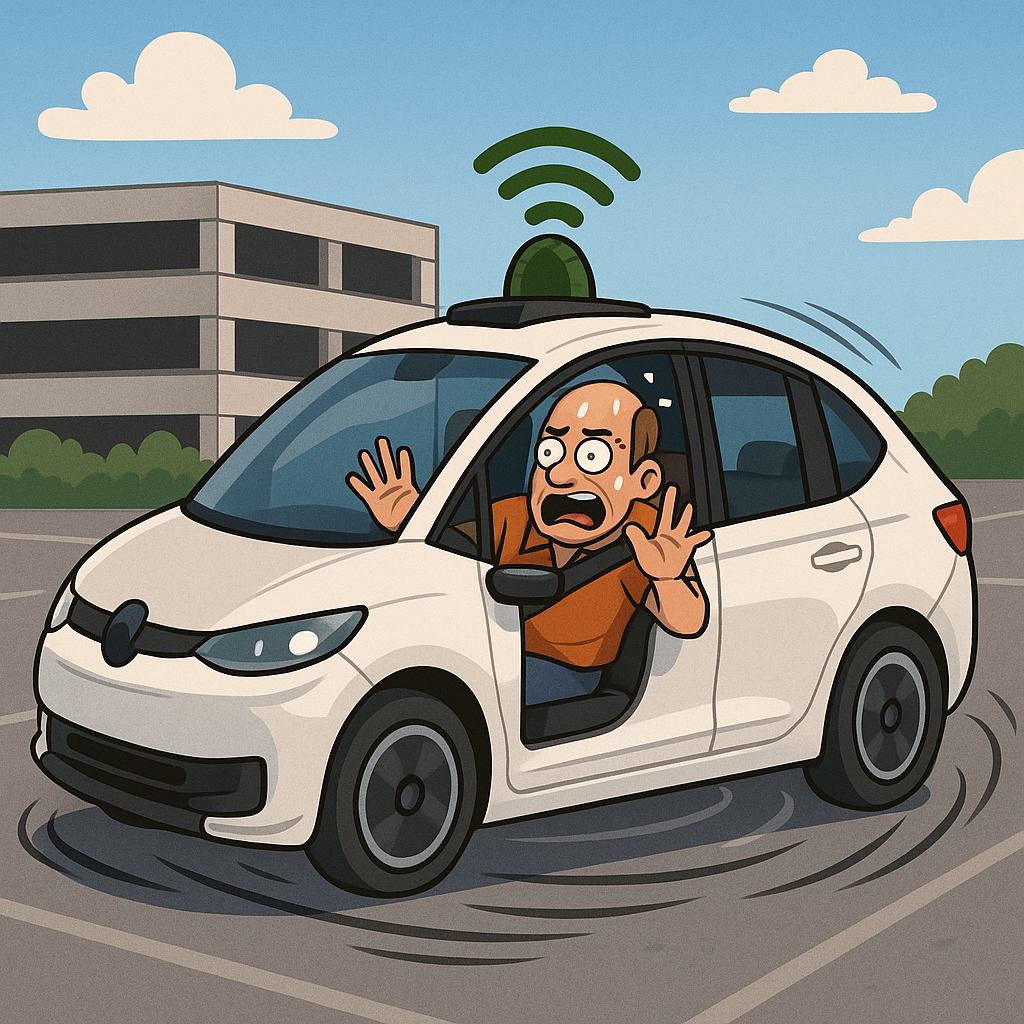Chimpanzees in Uganda’s Budongo Forest use plants to help heal their boo-boos. Scientists from the University of Oxford watched them put plants on cuts and scrapes. They saw chimps helping each other too, like a young girl chimp helping her mom. This shows that chimps know how to use nature to feel better. The study helps us learn more about how smart and caring chimps are.
The scientists found that chimps know which plants can help them heal. Some plants they use can fight germs and make them better. This is important because it might help people find new medicines. Dr. Freymann, who led the study, says learning about chimps helps us understand nature better. Chimps are very clever and know how to take care of themselves in the wild.
Original news source: Wild chimpanzees filmed using forest ‘first aid’ (BBC)
🎧 Listen:
Slow
Normal
Fast
📖 Vocabulary:
| 1 | chimpanzees | Big monkeys that live in trees |
| 2 | forest | A place with lots of trees and plants |
| 3 | heal | To make boo-boos feel better |
| 4 | scientists | People who study and learn about things |
| 5 | scrapes | Small cuts on the skin |
| 6 | nature | The world around us, like trees and animals |
| 7 | germs | Tiny things that can make you sick |
| 8 | medicines | Things that help you feel better when you’re sick |
| 9 | clever | Very smart |
| 10 | wild | A place where animals live without people |
Group or Classroom Activities
Warm-up Activities:
– CHARADES
Instructions: Students will act out the actions of chimpanzees using gestures and body language without speaking. Other students will guess what they are doing, focusing on phrases like “healing a boo-boo” or “helping each other.”
– SKETCH IT
Instructions: Each student will draw a scene from the article, such as a chimp using a plant to heal. After drawing, they will describe their picture to a partner using simple sentences.
– OPINION POLL
Instructions: Students will discuss whether they think chimpanzees are smart or not. They will raise their hands to vote and then share their reasons with the class using sentences like “I think chimps are smart because…”
– VOCABULARY PICTIONARY
Instructions: Choose key vocabulary words from the article (e.g., chimpanzee, heal, plants). One student draws a word while others guess what it is. The student must not speak, only draw.
– THINK-PAIR-SHARE
Instructions: Students will think about the question, “How do animals help each other?” After thinking, they will pair up to discuss their ideas and then share their thoughts with the class.
🤔 Comprehension Questions:
1. Where do the chimpanzees live?
2. What do the chimps use to help their boo-boos?
3. Who watched the chimps use plants?
4. What did the young girl chimp do for her mom?
5. Why is it important to learn about the plants the chimps use?
6. Who is Dr. Freymann?
7. What do we learn about chimps from this study?
Go to answers ⇩
🎧✍️ Listen and Fill in the Gaps:
Chimpanzees in Uganda’s Budongo (1)______ use plants to help heal their boo-boos. Scientists from the University of Oxford watched them put plants on (2)______ and scrapes. They saw chimps helping each other too, like a young girl chimp helping her mom. This (3)______ that chimps know how to use nature to feel better. The study helps us learn more about how smart and (4)______ chimps are.
The scientists found that (5)______ know which plants can help them heal. Some plants they use can fight germs and make them (6)______. This is important because it might help people find new medicines. Dr. (7)______, who led the study, (8)______ learning about chimps helps us understand nature better. Chimps are very clever and know how to take care of themselves in the wild.
Go to answers ⇩
💬 Discussion Questions:
Students can ask a partner these questions, or discuss them as a group.
1. What is your favorite animal?
2. How would you feel if you saw a chimpanzee in the forest?
3. Do you like plants? Why or why not?
4. What is a boo-boo?
5. How do you feel when you get a boo-boo?
6. Do you think animals can help each other? Why?
7. Have you ever helped someone who was hurt? What did you do?
8. What is a smart animal you know?
9. Do you think it is good for animals to use plants? Why?
10. How would you feel if you could talk to animals?
11. Do you like to play outside in nature? Why or why not?
12. What is your favorite way to feel better when you are hurt?
Individual Activities
📖💭 Vocabulary Meanings:
Match each word to its meaning.
Words:
1. chimpanzees
2. forest
3. heal
4. scientists
5. scrapes
6. nature
7. germs
8. medicines
9. clever
10. wild
Meanings:
(A) People who study and learn about things
(B) To make boo-boos feel better
(C) Things that help you feel better when you’re sick
(D) A place where animals live without people
(E) Tiny things that can make you sick
(F) Big monkeys that live in trees
(G) The world around us, like trees and animals
(H) Small cuts on the skin
(I) A place with lots of trees and plants
(J) Very smart
Go to answers ⇩
🔡 Multiple Choice Questions:
1. Where do chimpanzees help heal their cuts?
(a) Budongo Forest
(b) City Park
(c) Zoo
(d) School
2. Who watched the chimpanzees use plants?
(a) Scientists
(b) Teachers
(c) Kids
(d) Farmers
3. What do chimps put on their boo-boos?
(a) Rocks
(b) Plants
(c) Water
(d) Food
4. Who helped the young girl chimp?
(a) Her dad
(b) Her friend
(c) Her mom
(d) A monkey
5. What do some plants help fight?
(a) Animals
(b) Germs
(c) Trees
(d) Water
6. Who led the study about chimps?
(a) Mr. Smith
(b) Ms. Jones
(c) Dr. Brown
(d) Dr. Freymann
7. What do scientists learn from chimps?
(a) How to cook
(b) How to play
(c) How to sing
(d) How smart they are
8. What do chimps know how to do in the wild?
(a) Build houses
(b) Fly
(c) Take care of themselves
(d) Swim fast
Go to answers ⇩
🕵️ True or False Questions:
1. A young girl chimp helped her mom with a boo-boo.
2. Some plants can fight germs and help the chimps heal.
3. Dr. Freymann did not lead the study about the chimps.
4. Learning about chimps cannot help people find new medicines.
5. This study does not help us learn more about how smart chimps are.
6. Chimps do not know how to use plants to feel better.
7. Scientists from the University of Oxford watched the chimps.
8. Chimpanzees in Uganda use plants to help their cuts and scrapes.
Go to answers ⇩
📝 Write a Summary:
Write a summary of this news article in two sentences.
Check your writing now with the best free AI for English writing!
Writing Questions:
Answer the following questions. Write as much as you can for each answer.
Check your answers with our free English writing assistant!
1. Where do the chimpanzees live in the article?
2. What do the chimpanzees use to help their boo-boos?
3. Who did the young girl chimp help?
4. Why is it important to learn about chimpanzees?
5. What can some plants do for the chimpanzees?
✅ Answers
🤔✅ Comprehension Question Answers:
1. Where do the chimpanzees live?
The chimpanzees live in Uganda’s Budongo Forest.
2. What do the chimps use to help their boo-boos?
The chimps use plants to help their boo-boos.
3. Who watched the chimps use plants?
Scientists from the University of Oxford watched the chimps use plants.
4. What did the young girl chimp do for her mom?
The young girl chimp helped her mom with her boo-boo.
5. Why is it important to learn about the plants the chimps use?
It is important because it might help people find new medicines.
6. Who is Dr. Freymann?
Dr. Freymann is the scientist who led the study about the chimps.
7. What do we learn about chimps from this study?
We learn that chimps are smart and know how to take care of themselves.
Go back to questions ⇧
🎧✍️✅ Listen and Fill in the Gaps Answers:
(1) Forest
(2) cuts
(3) shows
(4) caring
(5) chimps
(6) better
(7) Freymann
(8) says
Go back to questions ⇧
📖💭✅ Vocabulary Meanings Answers:
1. chimpanzees
Answer: (F) Big monkeys that live in trees
2. forest
Answer: (I) A place with lots of trees and plants
3. heal
Answer: (B) To make boo-boos feel better
4. scientists
Answer: (A) People who study and learn about things
5. scrapes
Answer: (H) Small cuts on the skin
6. nature
Answer: (G) The world around us, like trees and animals
7. germs
Answer: (E) Tiny things that can make you sick
8. medicines
Answer: (C) Things that help you feel better when you’re sick
9. clever
Answer: (J) Very smart
10. wild
Answer: (D) A place where animals live without people
Go back to questions ⇧
🔡✅ Multiple Choice Answers:
1. Where do chimpanzees help heal their cuts?
Answer: (a) Budongo Forest
2. Who watched the chimpanzees use plants?
Answer: (a) Scientists
3. What do chimps put on their boo-boos?
Answer: (b) Plants
4. Who helped the young girl chimp?
Answer: (c) Her mom
5. What do some plants help fight?
Answer: (b) Germs
6. Who led the study about chimps?
Answer: (d) Dr. Freymann
7. What do scientists learn from chimps?
Answer: (d) How smart they are
8. What do chimps know how to do in the wild?
Answer: (c) Take care of themselves
Go back to questions ⇧
🕵️✅ True or False Answers:
1. A young girl chimp helped her mom with a boo-boo. (Answer: True)
2. Some plants can fight germs and help the chimps heal. (Answer: True)
3. Dr. Freymann did not lead the study about the chimps. (Answer: False)
4. Learning about chimps cannot help people find new medicines. (Answer: False)
5. This study does not help us learn more about how smart chimps are. (Answer: False)
6. Chimps do not know how to use plants to feel better. (Answer: False)
7. Scientists from the University of Oxford watched the chimps. (Answer: True)
8. Chimpanzees in Uganda use plants to help their cuts and scrapes. (Answer: True)
Go back to questions ⇧













